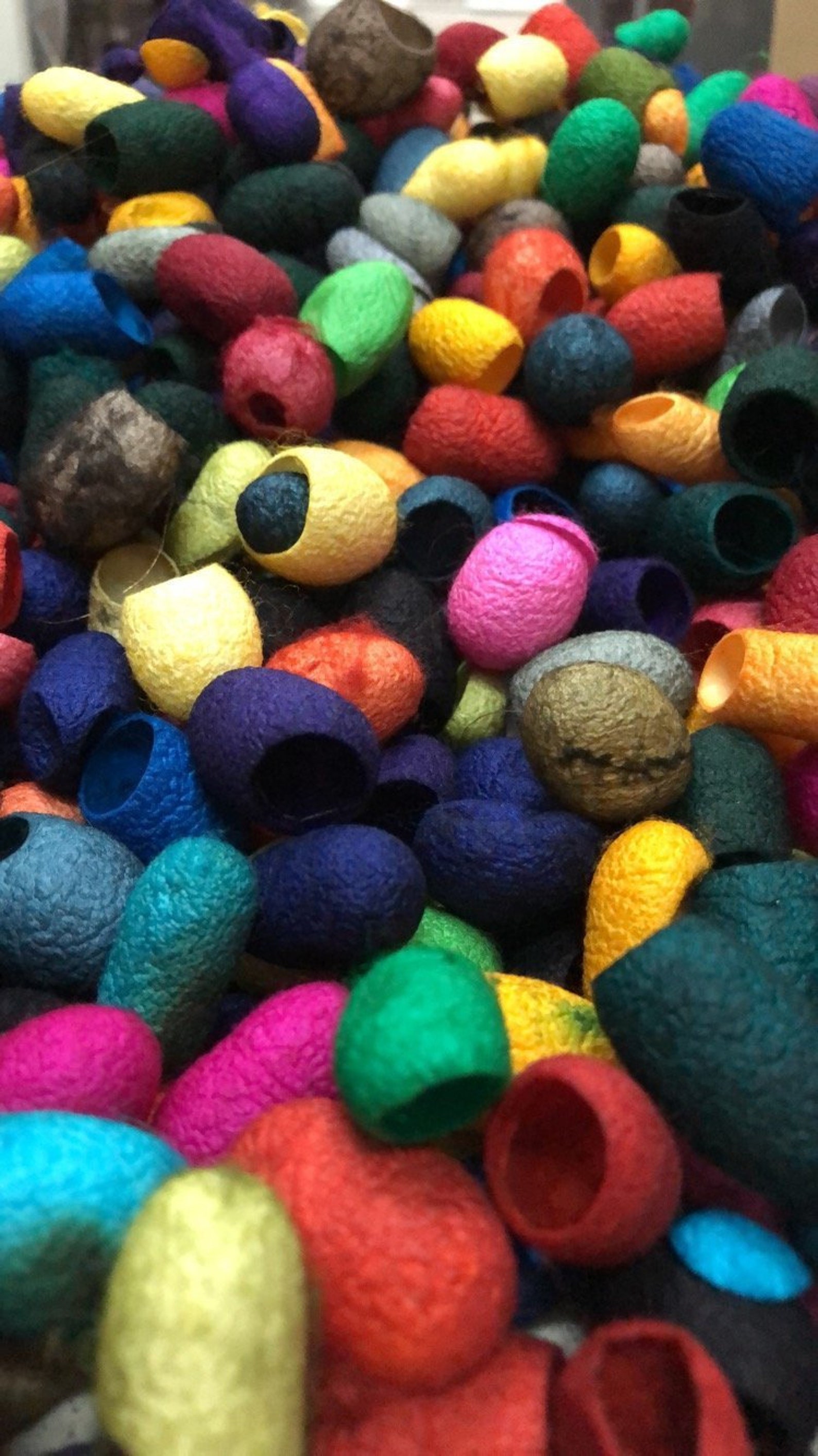

Biotechnol Bioeng 106:860–870Īltmann F, Schwihla H, Staudacher E et al (1995) Insect cells contain an unusual, membrane-bound β- N-acetylglucosaminidase probably involved in the processing of protein N-glycans.

J Biotechnol 126:205–219Īdachi T, Wang X, Murata T et al (2010) Production of a non-triple helical collagen alpha chain in transgenic silkworms and its evaluation as a gelatin substitute for cell culture. Matrix Biol 24:136–154Īdachi T, Tomita M, Shimizu K et al (2006) Generation of hybrid transgenic silkworms that express Bombyx mori prolyl-hydroxylase alpha-subunits and human collagens in posterior silk glands: production of cocoons that contained collagens with hydroxylated proline residues. The possibility of utilizing transgenic silkworms as a valuable tool for the mass production of therapeutic and industrially relevant recombinant proteins is discussed.Īdachi T, Tomita M, Yoshizato K (2005) Synthesis of prolyl 4-hydroxylase alpha subunit and type IV collagen in hemocytic granular cells of silkworm, Bombyx mori: involvement of type IV collagen in self-defense reaction and metamorphosis. The recombinant protein secreted in the sericin layer is extractable from the cocoon with only a small amount of endogenous silk protein contamination by soaking the cocoon in mild aqueous solutions. This review focuses on the expression of recombinant protein in the MSG of transgenic silkworms. Expression in the PSG or MSG led to localization in the insoluble fibroin core or hydrophilic outer sericin layer, respectively. By controlling the expressed regions of the recombinant protein gene in the silk gland, we were able to control the localization of the synthesized protein in the silk thread. The silk gland is classified into two main regions: the posterior (PSG) and the middle silk gland (MSG). To utilize this capacity for mass production of useful proteins, transgenic silkworms were generated that synthesized recombinant proteins in the silk gland and secreted them into the silk cocoon. As a result of breeding for more than 4,000 years, the silkworm, Bombyx mori, has acquired the ability to synthesize bulk amounts of silk proteins in its silk glands.


 0 kommentar(er)
0 kommentar(er)
